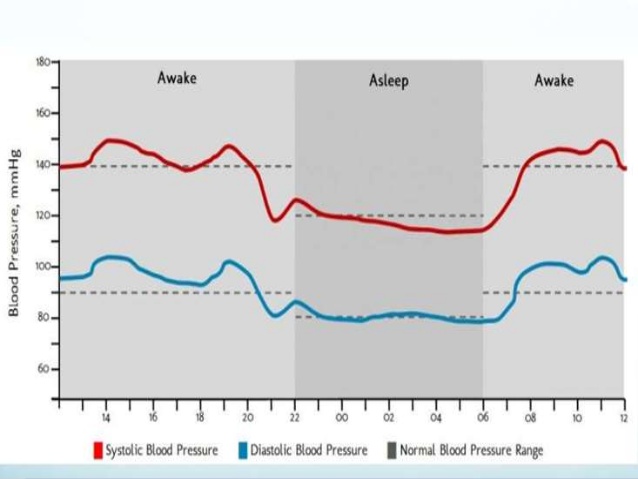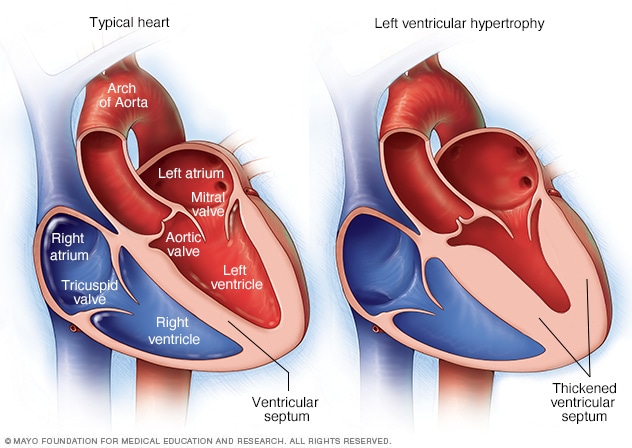Why the food you eat may kill you?
Each year, there are millions of deaths. Have you ever wondered what might be the #1 cause of death in the world and in the united states? It is heart disease. Was this the same cause of death hundreds of years ago? No. Then why the rate of heart disease has been abruptly increasing recently? What something people do that trigger this? Is this genetic? If it was completely genetic, then why it didn't happen years ago? There is another thing to keep in mind. It is the rate of diabetes mellitus type 2 and system hypertension has also been increasing so much so that we began to those disease in relatively young people! What is happening? Is there something in our world today that lead to the development of DM, HTN, and heart disease? Yes. Do they tend to occur together? Yes. Then what is the trigger? Let's see.








It turns out that hypertension and DM tend to go together. Both diseases are found together in most patients. It seems that diabetes can trigger hypertension and the reverse is true. Then what is the pathophysiology of each disease and how they are related to each other and what makes them put the patient at high risk of cardiovascular events? Let's get into the science part and see how we can develop hypertension and diabetes mellitus.
Let's start with hypertension. First of all, we need to define what is blood pressure. It is defined as the pressure exerted by the blood on the vascular wall. It should be 120 when the heart is squeezing (called systole) and 80 when the heart is relaxing (called diastole.) Small high or low variations can be considered normal depending on the age, sex, and other health conditions.

What is hypertension? It is defined as persistent blood pressure that is more than 140/80. I said persistent and this is important because during the day our blood pressure varies from time to time. Your blood pressure while sleeping is not the same as your blood pressure while playing sports (usually it gets higher.) So your blood pressure sometimes can get high and return to normal. This is normal physiology as high blood pressure helps us in stress situations.

Why it is so bad to develop hypertension?
It is like instead of having the nice laminar flow of blood under normal pressure in our blood vessels, we develop a very high pressure inside the vessel wall that makes the blood hit the vessel wall so hard. It is like a jet of water hitting inside a tube. Imagine water flowing through 2 tubes. 1 is very large and the other is very small. The water in the large tube would flow slowly as it is exerting low pressure on the wall of the tube. However, the water inside the small tube will flow fastest. This is because of the high pressure exerted by water inside the tube. 

The problem here is that the persistent high pressure exerted by blood flowing through vessels can cause injury to the vessel wall. Think of it as the high jet of blood hitting the artery wall making ulcerations. Scientifically, this is called endothelial injury, and it has been implicated as one of the major mechanisms by which persistent high blood pressure can cause damage to our bodies.
Why endothelial injury is bad?
To understand this, we need to understand the normal structure of a blood vessel. It is very simple. It is composed of the outer lining of cells called endothelial cells, middle lining composed of smooth muscles (making the artery stretchy and elastic), and the most outer layer composed of connective tissue (called adventitia) and it gives support to the blood vessel.

When there is a tear of the endothelial cells, this induces inflammation in the blood vessel. Healing of injured vessels involves the migration
of smooth muscle cells or smooth muscle cell precursor
cells into the intima. Here these cells proliferate and synthesize ECM in much the same way that fibroblasts fill in
a wound. With restoration and/or normalization of the endothelial cell layer, intimal smooth muscle cells can return to a
nonproliferative state, but the healing response produces irreversible intimal thickening. With persistent or
recurrent insults, further thickening can occur that leads to
the stenosis of small and medium-sized blood vessels. This further causes more hypertension because the thickened blood vessel has decreased compliance and thus can't stretch to accommodate blood so blood hits the wall very hard, even harder than before, leading to more endothelial injury and creating a cycle!
What else can happen in response to endothelial injury due to hypertension?
Atherosclerosis!
It is defined as the build-up of fat inside blood vessels making the narrow smaller, increasing the blood pressure even more. It is originally caused by high blood pressure but the disease itself can predispose the patient to even higher blood pressure than the baseline. It is also the cause of heart attacks! Now we see that Hypertension ---> blood vessel stiffening and hardening ---> more hypertension ---> atherosclerosis ---> heart attacks (the #1 cause of death in the world!)
What are the steps of atherosclerosis and how hypertension relates to it? First of all, I need to make a statement that will help us. Usually, hypertension occurs in more obese people for reasons that I will explain later. Obese people tend to high levels of LDL cholesterol in their blood (the bad cholesterol) and Low level of HDL cholesterol (the good cholesterol) This makes them more vulnerable to endothelial injury, hypertension, and, thus, atherosclerosis.
Steps of atherosclerosis:
1- Endothelial injury: endothelial injury is the base of atherosclerosis. Injury due to any type of hemodynamic instability like hypertension results in
intimal thickening; in the presence of high-lipid diets, typical
atheromas ensue. These dysfunctional endothelial cells
exhibit increased permeability enhanced leukocyte adhesion,
and altered gene expression, all of which may contribute to
the development of atherosclerosis
2- Lipids accumulation: Chronic hyperlipidemia (seen in obese people and people with genetic diseases like familial hypercholesteremia or acquired diseases like diabetes Mellitus) makes circulating LDL cholesterol start depositing inside the previously damage blood vessel. Normally, LDL shouldn't be inside our blood vessels so it is engulfed by our macrophages (white blood cell.) It gets oxidized inside our macrophage converting it to foam cell. Foam cells produce inflammatory cytokine to attract more white blood cells and making the blood vessel even leakier and, thus, more lipids accumulate. Over years, this leads to smooth muscle proliferation, more inflammation, and more cholesterol crystals deposit inside our blood vessels. Intimal smooth muscle cell proliferation and ECM deposition
lead to the conversion of the earliest lesion, a fatty streak, into
a mature atheroma, thus contributing to the progressive
growth of atherosclerotic lesions eventually leading to atherosclerosis.
As we see, we are getting more and more damage to our blood vessels from the persistently high blood pressure especially if it is accompanied by other diseases like diabetes mellitus. The location of atherosclerosis is really important. The problem is that always atherosclerosis occur in arteries that supply very important structures that are very sensitive to ischemia. One of the very critical places for atherosclerosis to occur is at our coronary arteries. These are the arteries that supply our hearts. Imagine that arteries that supply your heart are getting narrower and narrower. When you exert yourself, your heart needs to work hard to pump more blood. To do extra work, it needs extra energy (O2.) The source of oxygen is blood vessels but these blood vessels are getting occluded more and more. This gives us anginal pain. Anginal pain by exertion is not the end of the story. More inflammation and more endothelial injury on the already damaged endothelial wall make the atheroma rupture when it ruptures this initiates thrombus formation in a matter of minutes. Congratulations! YOU GOT A HEART ATTACK! Scientifically, it is called a myocardial infarction. It is the sudden occlusion of a blood vessel that occurs as a result of the rupture of previously unstable atheroma.



Persistent hypertension can even cause damage to chambers. The damage happened to the chambers in addition to the diseased coronary diseases IMMENSELY increases your risk for heart attack and heart failure. But how hypertension damages heart chambers? It is called left ventricular hypertrophy.
Simply, as your blood pressure begins to get higher more and more. Your heart finds it very difficult against this high pressure. It is like pushing against a very big car instead of pushing against a small bicycle. How your heart deal with this increasing pressure? Your heart will need to become stronger. How can it become stronger? It needs to become thicker and have more muscles. You may think that this is a good thing. But it is completely the reverse. It is a very bad thing.

This hypertrophied heart will need more oxygen. Also, the increased muscle mass will compress the blood vessels that supply the heart. These 2 factors in addition to the diseased coronary arteries due to atherosclerosis increase your risk for heart disease even more!

Hope you enjoyed this article. I will continue writing about more consequences of hypertension. Also, there will be an article on diabetes mellitus. After discussing these 2 diseases in the next lectures. We will reach together to the conclusion of the reason of increased incidence of hypertension and diabetes mellitus and their relation with heart attacks.


Valuable Life Saving Cardiology Lesson. Much Appreciated.
ReplyDelete